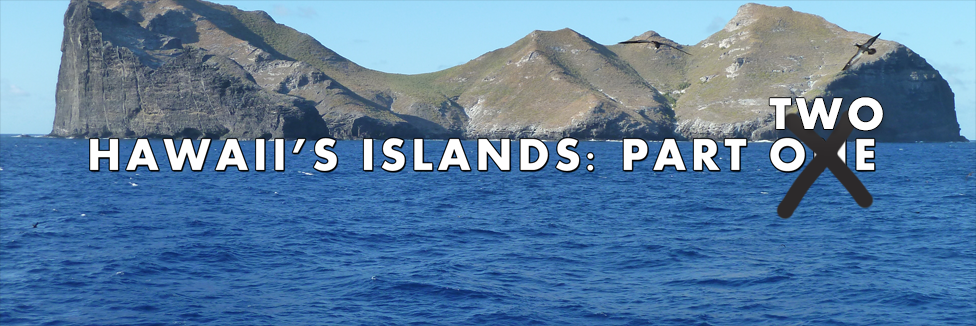Hawaii's Islands (Part Two)
Posted by Banana Jack Hawaiian Shirts on Jan 5th 2018

What Makes Hawaii's Islands Unique? Part 2
(Continued from Part 1)
The Molokai island region of Hawaii is the number 5 in size and sits at 61km by 16km. East of Oahu, separated by the Kalohi Channel it is the 27th largest island in the U.S. The island is known for the pineapple production, cattle ranching plus the Molokai Ranch where this activity takes place most prominently. An interesting quip is when settlements back in 1886 the areas was used as a settlement to house individuals being quarantined for leprosy.
Sixth largest of the Hawaiian island is Lanai and it is the smallest island in the chain which is zoned as a publicly accessible area. Once upon a time, the entire island was used for the cultivation of pineapples. Interestingly enough, the state of Hawaii only owns 3% of the island while Oracle founder Larry Ellison owns the remainder. It's a comma-shaped land mass standing at only 140.5 square miles in size. It's population barely exceeds 3,000 and there is only one school which serves kindergarten through 12th grade.
Kahoolawe is the smallest iof Hawaii's 8 islands standing at only 11 miles long and 6 miles wide. There is a lack of freshwater leading to history of desolation as far as any population living on the island. The island was converted into a combat training ground and bomb range during World War 2. Under decades of pressure through protests, the U.S military finally ceased live-fire testing exercises in 1990. It was subsequently given Island Reserve status by Hawaiian authorities and only native Hawaiian cultural, spiritual and subsistence purposes are allowed to take place on it.
Last, but certainly not least - Hawaii (the big island) is the largest of 8 islands which makeup the U.S state of Hawaii. While most have been in the hundreds of miles, the size of this island is over 4,000 square miles.
The island was formed when a handful of "shield" volcanoes erupted nearly sequentially and the molten lava overlapped, revealing the big island of Hawaii when it had hardened. There is a phenomenon called "volcanic fog" which has the potential to envelop the whole island under a blanket of fog.


